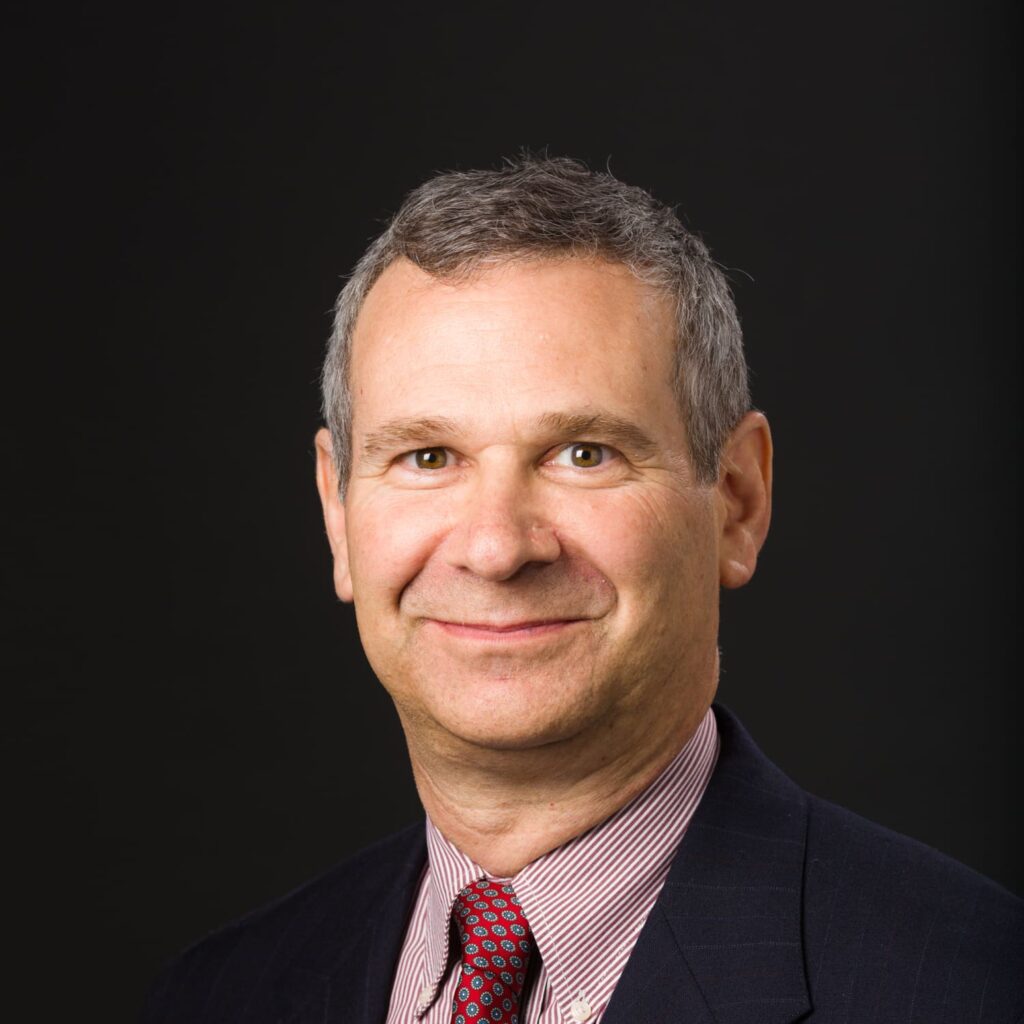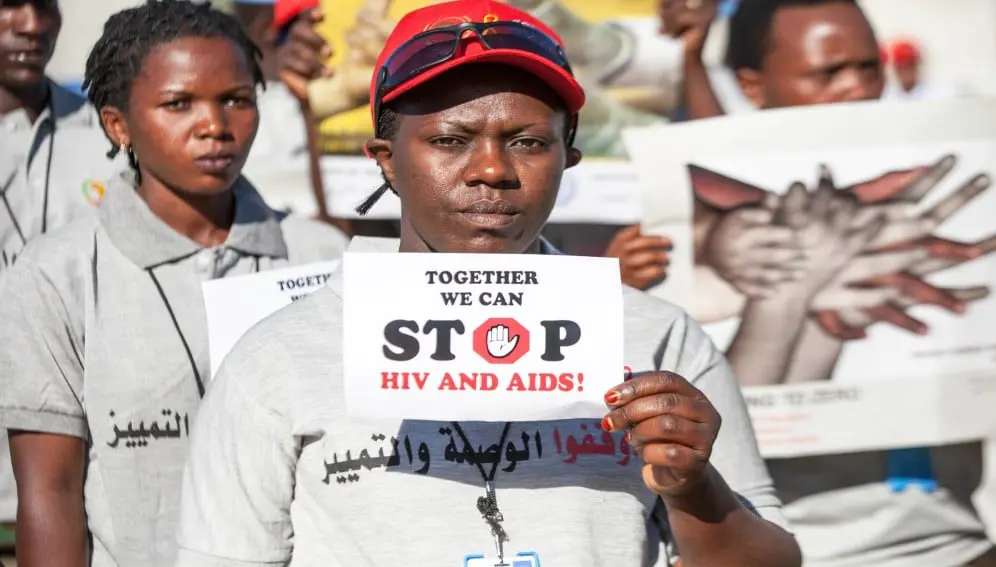Worldwide HIV/AIDS deaths are expected to rise by 1.5 million annually as the US terminates funding for research and its global prevention program.
The world will also experience a spike in HIV/AIDS-related opportunistic infections that take over the body of a person with a greatly-weakened immune system, said Dr. Richard Sutton, professor of Medicine, Infectious Diseases, and of Microbial Pathogenesis at the Yale School of Medicine.
“Without HIV therapy, people get OIs — opportunistic infections— and they get certain cancers and they die,” said Sutton in an interview with American Community Media. “They get cryptococcal meningitis. They get pneumocystis pneumonia. They get all sorts of herpes virus infections. They get histoplasmosis. In California, they get coccidioidomycosis (Valley fever), which is nasty.”
”We’re going to be seeing millions more people with very high, dangerous viral loads and zero CD4 counts,” said Sutton. CD4 cells are a type of white blood cell specifically called a T helper cell. They are crucial for the immune system’s ability to fight off infections.
Treatment Can Prevent Death

Sutton’s lab is currently working on regulating CCR5 inhibitors, which essentially prevent HIV from entering CD4 cells, and thus slow down infections. His lab also works on novel HIV therapeutics.
Sutton also serves as the chief of Infectious Diseases Research at the Veteran’s Administration in Connecticut — VACT. The West Haven VAMC oversees roughly 300 patients infected with HIV. “Their viral loads are undetectable, their CD4 count is okay, and they can live for decades,” said Sutton, making the point that HIV/AIDS need not be a death sentence when treatment is available and administered.
On Feb. 27, the Trump Administration announced it was suspending funding to the Joint United Nations Programme on HIV/AIDS. In 2023, the US was the largest contributor to the program, with a grant of $50 million. UNAIDS focuses primarily on treatment and prevention. In a statement, UNAIDS Executive Director Winnie Byanyima said that countries in the developing world are scrambling to keep their programs going once funds are terminated in June. Many countries have already scaled back some or all of their AIDS prevention and treatment programs, noted an April 8 report.
PEPFAR
Separately, the Trump Administration shuttered the majority of programs under the US Agency for International Development. The President’s Emergency Plan for AIDS Relief — PEPFAR — founded in 2003 by President George W. Bush, is administered through USAID. The continuation of PEPFAR is uncertain.
No vaccine yet exists to prevent HIV/AIDS. PEPFAR, which works in 50 countries, primarily focuses on pre-exposure prophylaxis, providing treatment to people who are HIV seropositive — those with HIV antibodies in their bloodstream, indicating they have been exposed to HIV. PEPFAR also provides antiretroviral therapy to millions of people living with HIV/AIDS. It also provides supportive care for people living with HIV/AIDS, including palliative care, nutritional support, and treatment for opportunistic infections.
”Does all this just disappear?” Sutton questioned. In 2004, there were 2.1 million global deaths from HIV/AIDS. By 2023, that number had dropped to 630,000. Sutton credited the huge drop in HIV/AIDS deaths to the success of PEPFAR and UNAIDS programs.
US Consequences
“And so stopping all that funding, the number of deaths from HIV will just go up again,” he stated. Numbers of infections and deaths from HIV and related opportunistic infections will also rise in the US, as residents travel to countries with fewer resources for treatment and prevention.
Critics of the PEPFAR program say countries must “own their epidemics.” In South Africa, for example, 83% of funding for HIV/AIDS programs and services comes from the government’s own coffers. But Sutton said the economics of most countries in the developing world would prevent them from creating and maintaining HIV/AIDS prevention and treatment programs. He gave the example of Uganda, in which almost 6% of the population — 1.4 million people — live with AIDS.
“I was just Zooming with folks in Uganda this week, and they said the cuts in funding are going to hit them really hard, because a lot of their patients get their anti-retroviral drugs from the PEPFAR program. And boom, it’s gone,” he said.
Sutton noted he has hosted several postdoctoral researchers from Uganda in his lab, who understand the science. “Everything we do is relatively straightforward. And our protocols are written down. So could they do this in Uganda or elsewhere in sub-Saharan Africa? Yes, they could, if they had the money. But they don’t. And so it is up to the US and the Western world to fill in here.”
NIH Funding
The researcher also noted that the National Institutes of Health has cut funding for 230 grants related to HIV/AIDS research, particularly in the area of vaccines. His lab has received a 2-year grant to study HIV-Rev, a protein that is essential to regulating HIV expression. He will soon be required to submit a progress report. In ordinary times, 99.9% of progress reports are approved and funding continues. However, Sutton said he has heard through the grapevine that roughly half of progress reports are being rejected this year.
”This will crush the research enterprise, for several years on. It’s not just about the research that’s being done now,” he said.





